Punctuation marks are the traffic signals of language: they tell us to slow down, notice this, take a detour, and stop
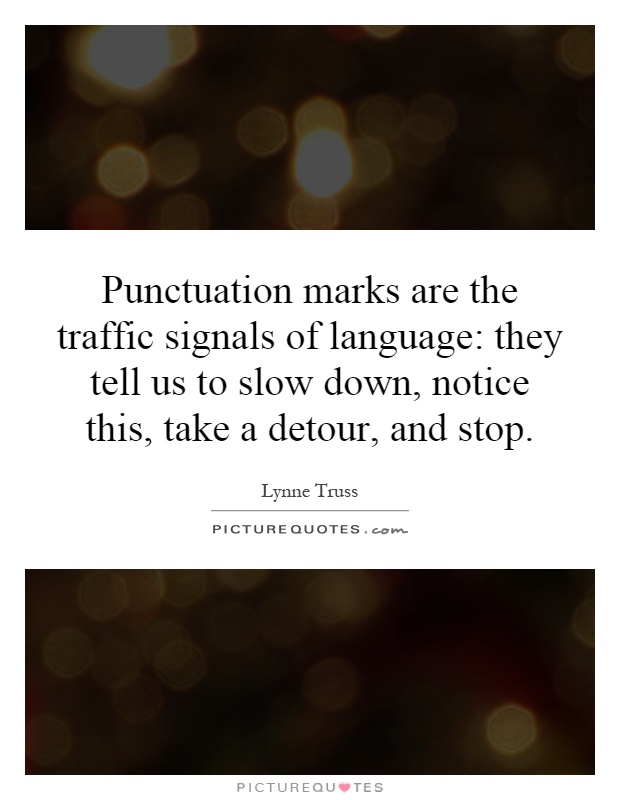
Language QuotesGrammar QuotesSlow Down QuotesPunctuation Marks QuotesLynne Truss QuotesPunctuation Quotes
Punctuation marks are the traffic signals of language: they tell us to slow down, notice this, take a detour, and stop
In her book "Eats, Shoots & Leaves: The Zero Tolerance Approach to Punctuation," Lynne Truss famously compares punctuation marks to traffic signals in language. Just as traffic signals guide drivers on the road, punctuation marks guide readers through written language, indicating when to pause, emphasize, or clarify. Truss argues that proper punctuation is essential for clear communication and understanding, and that neglecting punctuation can lead to confusion and misinterpretation.Truss's analogy of punctuation marks as traffic signals is particularly apt when considering the role of punctuation in conveying tone and meaning. For example, a simple comma can completely change the meaning of a sentence. Take the classic example: "Let's eat, Grandma!" versus "Let's eat Grandma!" The placement of the comma signals whether the speaker is inviting Grandma to join them for a meal or suggesting that Grandma herself is on the menu. In this way, punctuation marks act as signposts, directing readers on how to interpret and understand the text.
Similarly, punctuation marks can serve as warning signs, alerting readers to potential hazards or pitfalls in the text. For instance, an exclamation point can indicate excitement or urgency, while a question mark signals uncertainty or inquiry. By paying attention to these signals, readers can navigate the text more effectively, picking up on important details and nuances that might otherwise be overlooked.

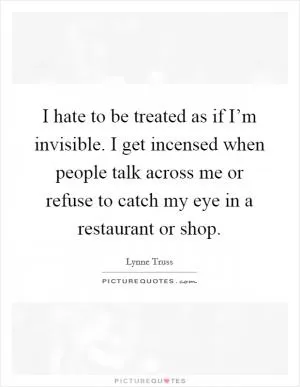

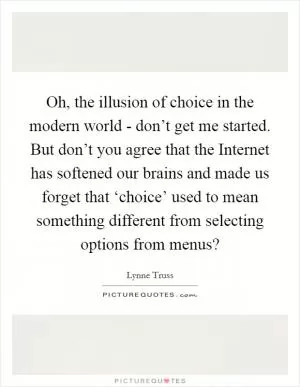

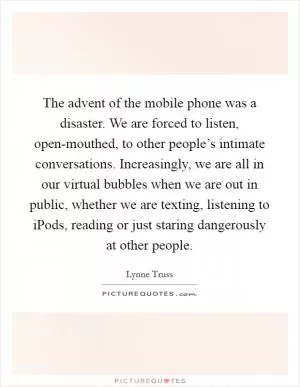
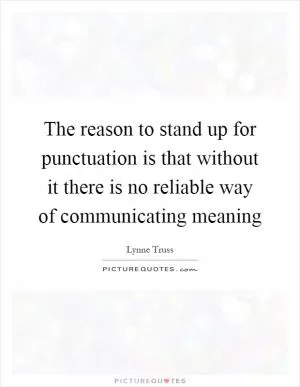
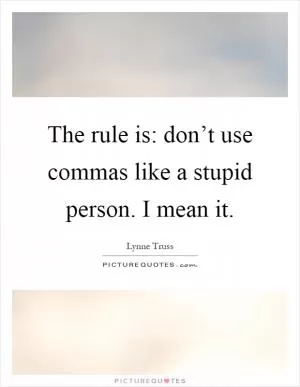

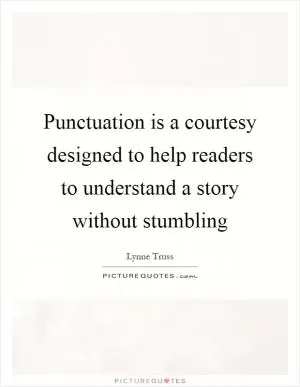
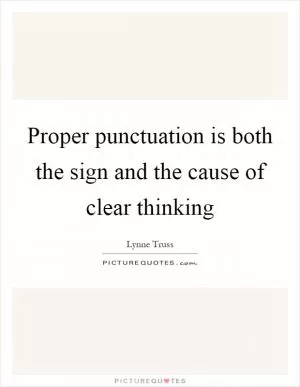
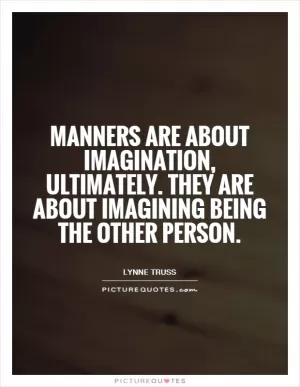
 Friendship Quotes
Friendship Quotes Love Quotes
Love Quotes Life Quotes
Life Quotes Funny Quotes
Funny Quotes Motivational Quotes
Motivational Quotes Inspirational Quotes
Inspirational Quotes